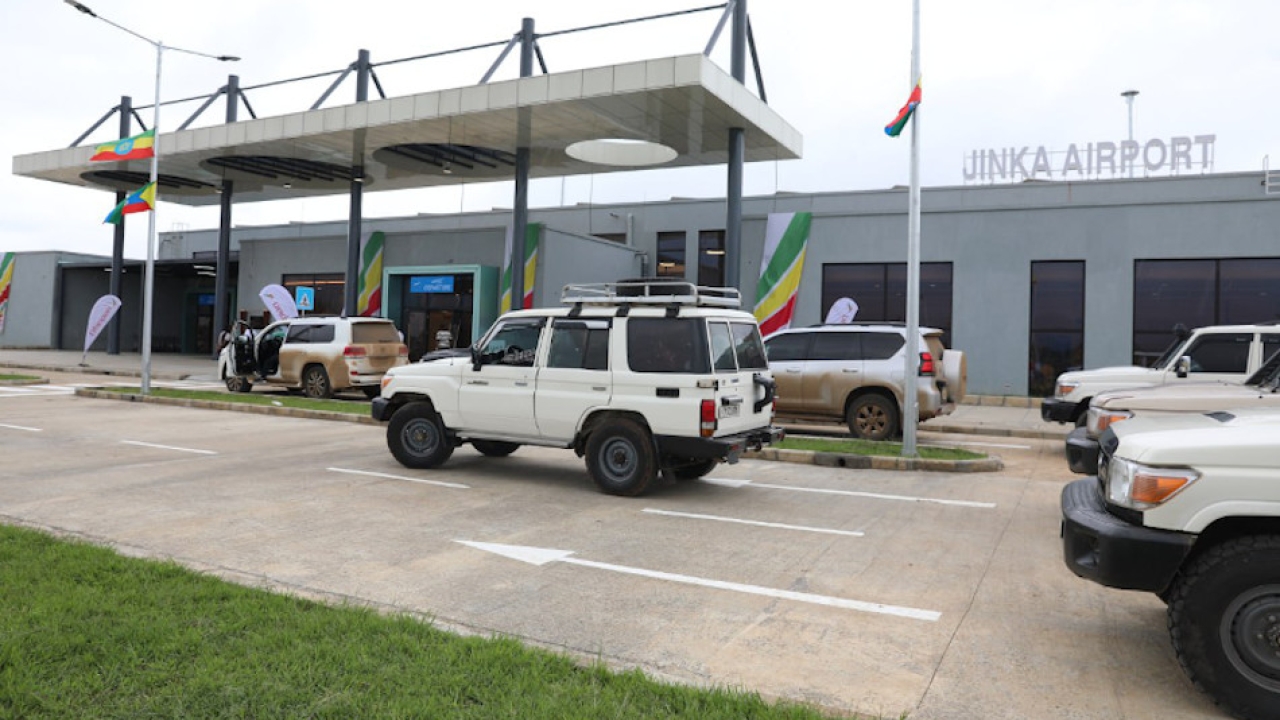Kasama development targets tourists
Kasama Airport in Zambia’s Northern Province is being upgraded as the country prepares to develop the northern tourism circuit. Humphrey Nkonde reports.

Experts believe that visitors from Europe and other parts of the world spend less time in the wider Zambia region because tourism is concentrated in Livingstone, the seat for the Victoria Falls.
Now the Zambian Government is in the process of placing Kasama Airport, a provincial aerodrome, into the hands of the Zambia Airports Corporation Limited (ZACL).
ZACL is already the custodian of the four international airports and now its remit will be extended to Kasama Airport, as well as other provincial aerodromes.
Zambia’s international airports are Kenneth Kaunda in Lusaka, Simon Mwansa Kapwepwe in Ndola, Mfuwe near South Luangwa Game Park and Harry Mwanga Nkumbula in Livingstone.
What is now Kasama Airport was built by the British colonial government during World War I as an air base to defend its territory of Northern Rhodesia, now Zambia, but it was mainly used by active squadrons during World War II.
That was done to deter Germany, which had established neighbouring Germany East Africa, presently Tanzania, in the northern part of present-day Zambia.
Even to this day, Nissen huts give Kasama Airport a vintage look – a preservation that has been made to show the historic heritage of the landing facility that started as a military aviation facility.
The air base was turned into a civil aviation facility after Northern Rhodesia gained political independence from Britain on October 24, 1964.
For the past 100 years, aircraft that have used the facility have landed and taken off using a gravel runway.
Now the Zambian Government has engaged Chinese company, Anhui Shui’an Construction Group, to construct a 45m x 2.8km bituminous runway at an estimated cost of $11,000.
Initially the runway was 4.6km, but the distance has been reduced to 2.8km so that funds, obtained through aid financing from China, can be used to construct a control tower.
The bituminous runway will be parallel to old gravel one and the land where it is to be built has been cleared and the soil compacted to pave the way for surfacing.
Kasama Airport manager, Raphael Sakala, said the Chinese company was expected to complete the runway next year.
“It would have been completed this year but the contractor has not received the funds yet,” Sakala said. “All the series of the Boeing aircraft and other larger planes would be able to land at Kasama once the bituminous runway has been completed.”
There are plans to turn the old unpaved runways into aircraft taxiways once the new bituminous section has been completed.
Other plans include building a modern control tower midway up the new runway so that air traffic controllers can have a 360-degree view of the airport.
Kasama Airport was one of the local destinations for the defunct state-run Zambia Airways, until the carrier was liquidated by President Fredrick Chiluba’s government in 1994.
Chiluba’s administration decided to transfer an earlier fuel depot, which was run by British Petroleum (BP) Air, to the Zambia Air Force after Zambia Airways was liquidated.
At the time of writing, ZACL was in the process of selecting an aviation fuel supplier to Kasama Airport.
Meanwhile, a local contractor has erected a new terminal building with lounges for local and international passengers, as well as another one for the president or other VIPs.
The terminal building houses offices for airport management, the customs department of the Zambia Revenue Authority, immigration and customs, and ProFlight Zambia, the country’s leading private airline.
Although Kasama is not yet being serviced by large aircraft, it has three Titan 4x4 fire (foam) tenders, a Land Rover Defender fire fighter and an ambulance.
Kasama Airport is strategically located between South Africa and east Africa and can be used as a stop-over for aircraft between air hubs in the two regions.
“It is being upgraded because it is the main international entry and exit in the Northern Province,” Sakala said. “This region has potential for tourism.”
Some of the tourist attractions include Lumangwe Falls, the second largest after the Victoria Falls, Kalambo Falls, the highest of all the falls in the country, and Lake Tanganyika, which forms part of the boundary with Tanzania.
Future developments at the airport would include establishing a fire and rescue station, given that the department is accommodated in an open-air facility.
Stay up to date
Subscribe to the free Times Aerospace newsletter and receive the latest content every week. We'll never share your email address.

